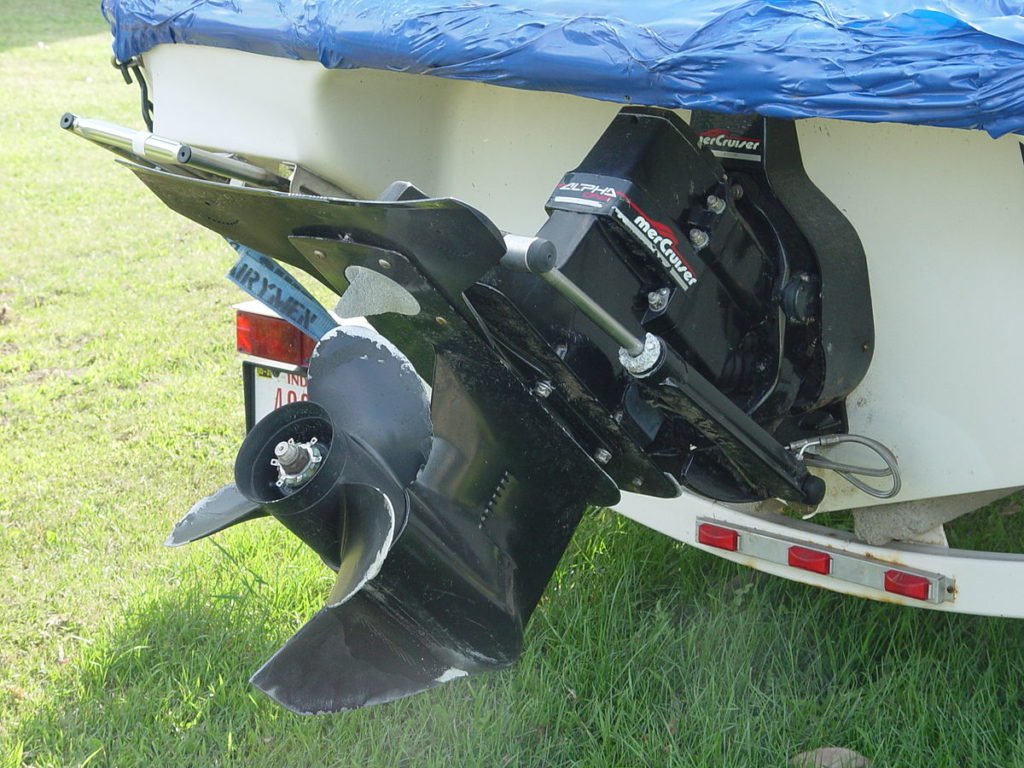
As the weather cools (as little as Alabama cools in the winter!) the tendency to take the boat out on the lake begins to wane. Folks are thinking about the holidays, college football and basketball, and if you have seasonal water you can’t get out of the boat slip anyway. Now’s the time to take precautions for your expensive lake toys before Old Man Winter lays hands on them!
For most outboard motors the process is pretty straightforward. Most folks will either run the motor dry of gasoline, or they’ll fill it with gasoline depending on preference. The only thing that really matters is that a fuel stabilizer is added to the tank. Stabil or Sea Foam are fan favorites, and both do equally well. The goal of these additives is to prevent moisture from building up and mixing with the gasoline – which in turn fouls spark plugs. Another thing these products prevent is gasoline from breaking down into sludge that clogs up fuel injectors or carburetors. Another key preventative measure is to only run 100% gasoline in your outdoor equipment. Automobiles are fine to run on gasoline that contains ethanol, the chemical akin to alcohol found in 87,89, and 93 octane gasoline at most pumps because the tank is constantly being drained and burned through again. Most lawn equipment and outboard motors on your boat tend to sit for extended periods of time with gas in the tank. When this happens the ethanol turns to water or breaks down into sludge that can ruin your next summer!
For inboard/outboard motors – the kind where only the propeller is visible out behind the boat (like most ski boats) the process can be a little more time-consuming. These engines are much more complex and often require cooling blocks like all car engines to keep the internal parts from overheating. I can shamefully speak from experience that if you don’t properly drain an inboard/outboard motor you’ll invariably have an expensive paper weight sitting in your yard after the first hard freeze of the season! What happens is the water that once cooled your engine freezes and expands- cracking your engine block. Freezing water can break a boulder if it has no place to go! To properly winterize these motors you must repeat the same process as for outboard motors, then flush out the water from the engine block by removing the drain plug found inside the engine bay. Once all the water is out another good preventive measure is to fill the block with antifreeze to prevent any left over moisture from freezing.

Finally, I like to keep a battery charger with a trickle charge function handy connected to my battery all year. While it’s perfectly fine to disconnect the positive and negative cables from the battery and store it in a dry place, this extra step will prolong the life of the battery and guarantee that you won’t be sitting dead in the water this spring with a towable full of kids complaining behind your boat after you’ve packed the cooler and gassed up the motor to the gills – again speaking from experience, more than once!
I’m the first to tell you that this process is not glamorous, and you definitely won’t feel like doing it after a busy season of playing on the lake, but trust me, the spring will be so much more fun when you can gas up, load the cooler, hop in and crank up your favorite lake toy next year!
By: Clark Stewart, the Alabama lake Guru!


